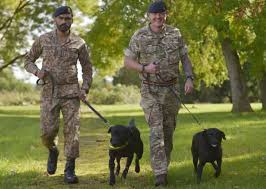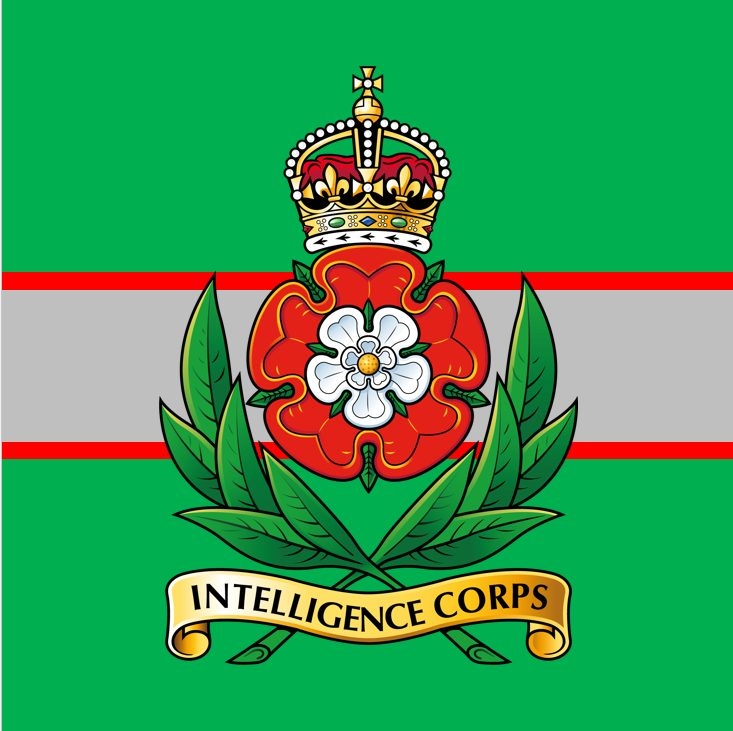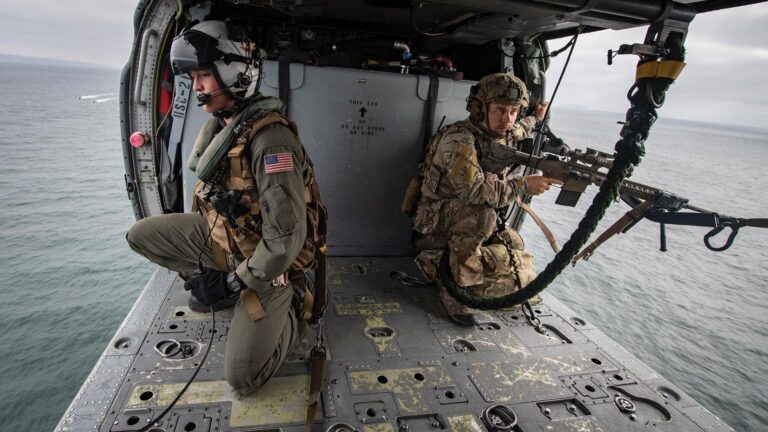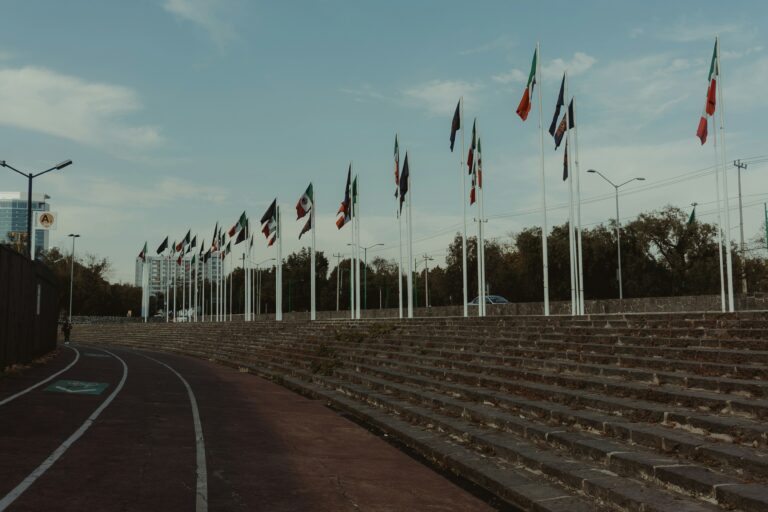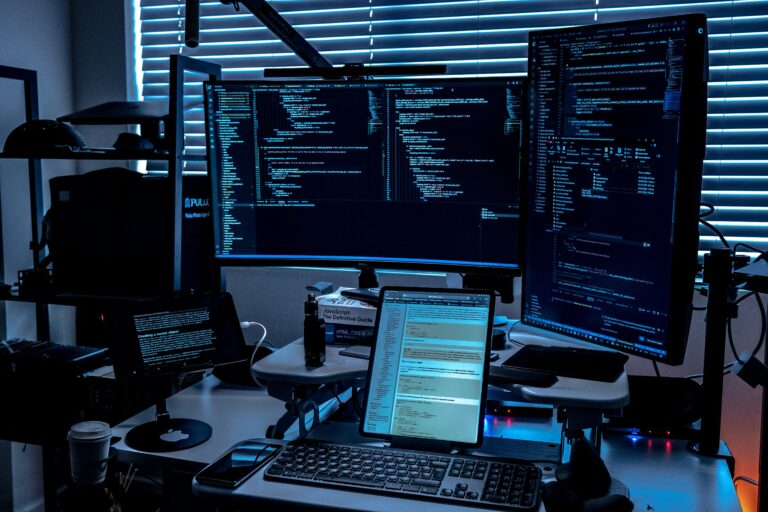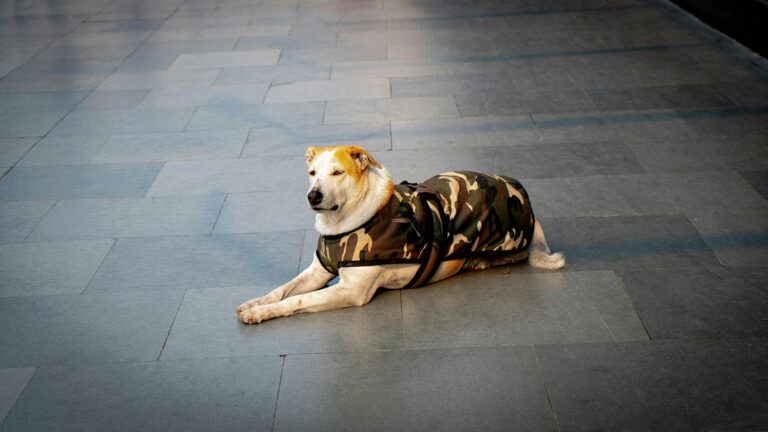Dog Handlers in the UK Armed Forces
Introduction
Dogs have served alongside soldiers for centuries, but in today’s modern military, their roles are more vital—and more specialised—than ever. From detecting explosives and drugs to helping secure airfields and conduct search and rescue, Military Working Dogs (MWDs) are powerful assets. Their handlers form close bonds with them, working as a single unit on operations that demand discipline, intuition, and courage.
In the UK Armed Forces, Dog Handlers play a niche yet high-impact role, operating across the Royal Army Veterinary Corps (RAVC), Royal Air Force Police, Royal Navy, and joint agencies like Border Force.

Overview of the Role
Dog Handlers are responsible for training, caring for, and deploying military working dogs in operational settings. Their jobs are far more than walking and feeding—these soldiers and service personnel guide dogs through:
- Explosive detection
- Narcotics and contraband search
- Patrol and security
- Search and rescue
- Specialist detection (currency, electronics, cadavers)
- Tracking enemy personnel
- Deterrence in riot control and force protection
Handlers must also provide first aid, ensure veterinary welfare, and often remain with their canine partners for years, forming incredibly tight-knit teams.
Where They Serve
Dog Handlers are found across:
| Service Branch | Units |
|---|---|
| British Army | Royal Army Veterinary Corps (RAVC) under 1st Military Working Dog Regiment |
| Royal Air Force | RAF Police Dog Sections at stations across the UK and overseas |
| Royal Navy | Few handlers; some work under Joint Service units or with Royal Marines |
| Border Force & Joint Agencies | Cross-service operations in ports, airports, and conflict zones |
Common locations include:
- St George’s Barracks, North Luffenham (MWD training centre)
- RAF Waddington, Brize Norton, and Akrotiri (Cyprus)
- Afghanistan and Iraq (now historic, but handlers played key roles)
- Gibraltar, Bahrain, and Falklands
- UK airports and GCHQ sites for specialist detection roles
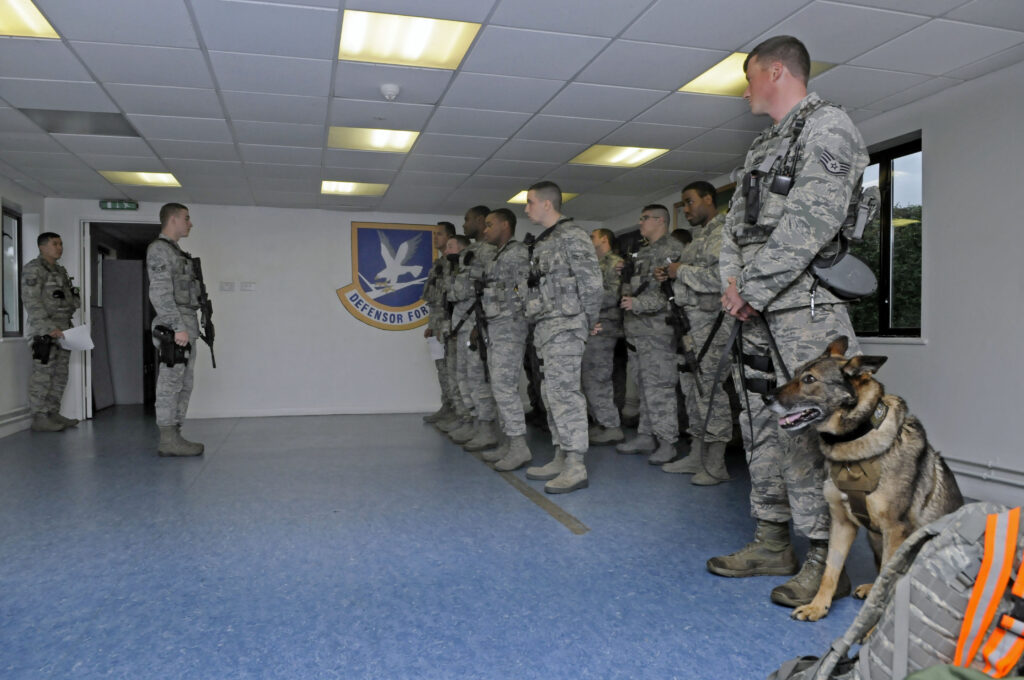
Types of Working Dogs
Each dog is trained to carry out one or more specific tasks. Common types include:
| Dog Type | Role |
|---|---|
| General Purpose (GP) | Patrol, crowd control, bite work |
| Explosive Detection Dogs (EDD) | Sniff out bombs, IEDs, mines |
| Narcotics Detection Dogs (NDD) | Identify illegal drugs |
| Arms and Ammunition Dogs (AAD) | Detect hidden weapons |
| Specialist Search Dogs | Trained for buildings, vehicles, large areas |
| Tracking Dogs | Follow scent trails of insurgents or fugitives |
| Protection Dogs | Guard assets, personnel, and compounds |
Breeds often include Belgian Malinois, German Shepherds, Springer Spaniels, and Labradors, depending on the task.
Key Responsibilities
Dog Handlers:
- Train and condition dogs for specific operational tasks
- Lead dogs during patrols, searches, or raids
- Maintain physical and mental health of the dog
- Conduct drills to reinforce obedience and detection
- Brief and debrief with commanders on canine capabilities
- Liaise with veterinarians for canine care
- Log performance data and incident reports
- Sometimes assist in handling multiple dogs for different roles

Entry Routes
| Pathway | Requirements |
|---|---|
| Army | Join RAVC via Infantry or REME and transfer; or enlist directly into dog handling roles with experience |
| RAF | Join RAF Police, then specialise as a Dog Handler |
| Navy/Marines | Transfer from other roles or joint service programmes |
| Civilian Experience | Prior experience with working dogs (police, security, search and rescue) is highly valued |
Basic requirements:
- UK citizenship
- Clean criminal record
- Physically fit
- Empathy and control around animals
- Security clearance (for sensitive tasks)
Training Pathway
- Military Basic Training
- Physical fitness, drills, weapons handling, basic soldiering skills
- Dog Handler Foundation Course (at Defence Animal Training Regiment – DATR, Melton Mowbray)
- Dog psychology and behaviour
- Obedience and control training
- Scent work
- Patrol drills
- Vehicle and area search
- Veterinary care and handling in hot/cold climates
- Emergency field treatment
- Advanced Specialisation
- Explosive/narcotics detection
- Working in hostile or urban environments
- Tactical deployment with infantry or special forces
- Helicopter insertion and vehicle integration
- Muzzle attack training (for bite dogs)

Life on Deployment
On operations, handlers are among the first to arrive at danger zones, especially with EDD dogs.
Real-world examples:
- Afghanistan: Clearing compounds of IEDs before infantry enter
- Iraq: Securing supply convoys and sniffing out roadside bombs
- UK Airports: Working with Border Force on anti-smuggling ops
- Royal Events: Searching venues for explosive threats
- Cyprus: Protecting RAF bases and conducting tracking patrols
Deployments can be long and intense, but dogs provide unmatched morale and loyalty.
Career Progression
| Rank | Role |
|---|---|
| Private / Airman | Basic handler |
| Lance Corporal / Corporal | Senior handler, train new dogs and handlers |
| Sergeant | Section leader, deploys with high-level units |
| Warrant Officer | Dog Handling Centre or operational kennel manager |
| Commissioned Officer | RAVC leadership or RAF Police management roles |
Some move into training, veterinary support, or K-9 operations consultancy.

Pay and Perks
| Role | Pay Range |
|---|---|
| Junior Handler | £21,000–£27,000 |
| Senior Handler | £30,000–£38,000 |
| Warrant Officer | £45,000–£55,000 |
Additional benefits:
- Separation allowance when deployed
- Military working dog pay supplements
- Free veterinary care for service dogs
- Emotional support access (handling dogs in warzones can be traumatic)
- Retirement adoption option—many handlers adopt their dog after service
Civilian Career Options
Dog Handlers often move into:
- Police Dog Units (UK forces)
- Border Force K9 Divisions
- Private Security (UK and overseas)
- Search and Rescue Operations
- Canine Training Centres / Behavioural Consultancy
- Airport or Port Security
- Veterinary Technician Training
Some also become dog trainers for the disabled or therapy services, using their experience to aid the public.

Emotional Bonds and Challenges
One of the most unique aspects of this role is the emotional intensity.
✅ Benefits:
- Deep bond with intelligent, loyal partners
- Life-saving real-world missions
- High levels of trust and independence
- Unique skill set not found in most military roles
⚠️ Challenges:
- Losing a dog in action is devastating
- Physically demanding work in all weather
- High responsibility for dog’s welfare and safety
- Dangerous assignments, often leading patrols or search ops
- Limited postings compared to other trades
Conclusion
Dog Handlers in the UK Armed Forces are a unique fusion of soldier, trainer, and caretaker. Their K-9 partners provide skills no machine or human can replicate—finding explosives, saving lives, and boosting morale. For those with a love of animals, a cool head under pressure, and a desire to serve on the front line of security and safety, this is one of the most meaningful and rewarding roles in defence.
These are silent warriors with four legs and sharp instincts, guided by some of the most dedicated soldiers Britain has to offer.
